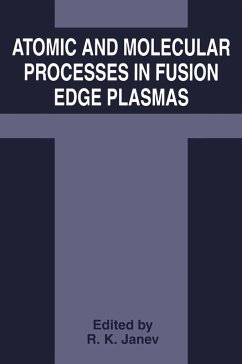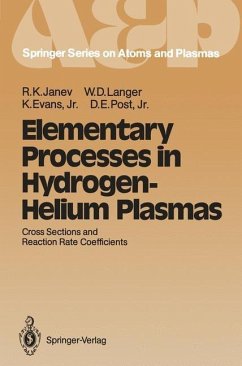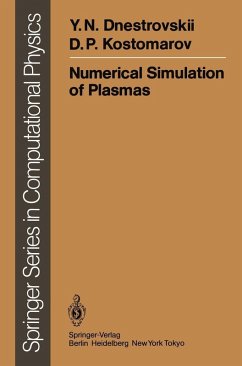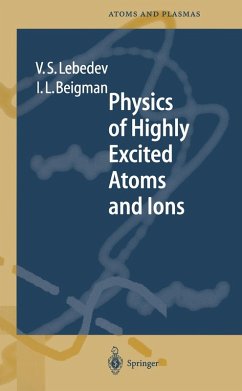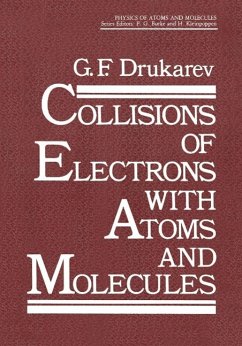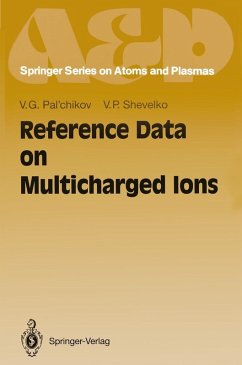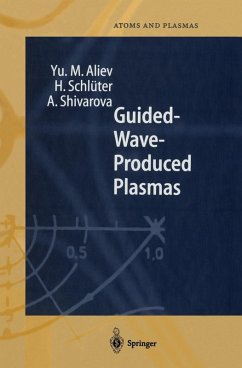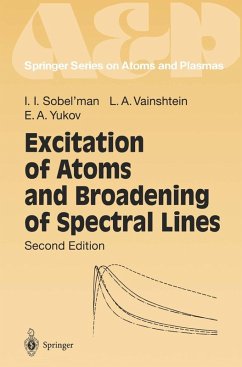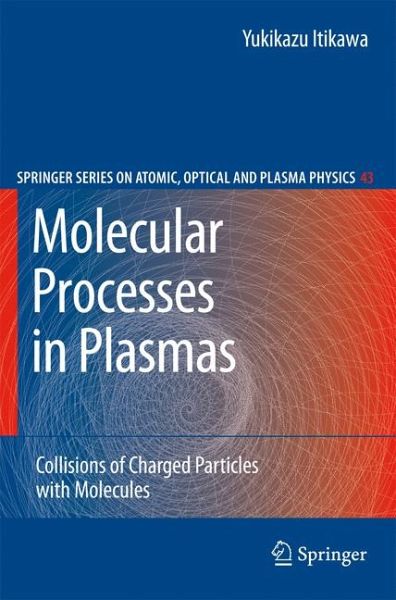
Molecular Processes in Plasmas (eBook, PDF)
Collisions of Charged Particles with Molecules
Versandkostenfrei!
Sofort per Download lieferbar
72,95 €
inkl. MwSt.
Weitere Ausgaben:

PAYBACK Punkte
36 °P sammeln!
A variety of plasmas include molecules rather than only ions or atoms. Examples are ionospheres of the Earth and other planets, stellar atmospheres, gaseous discharges for use in various devices and processes, and fusion plasmas in the edge region. This book describes the role of molecules in those plasmas by showing elementary collision processes involving those molecules. All possible processes are presented both for electron and ion collisions with the molecules. On the basis of the accumulated knowledge in atomic and molecular physics, a compact but informative description is given for eac...
A variety of plasmas include molecules rather than only ions or atoms. Examples are ionospheres of the Earth and other planets, stellar atmospheres, gaseous discharges for use in various devices and processes, and fusion plasmas in the edge region. This book describes the role of molecules in those plasmas by showing elementary collision processes involving those molecules. All possible processes are presented both for electron and ion collisions with the molecules. On the basis of the accumulated knowledge in atomic and molecular physics, a compact but informative description is given for each process. Specific emphasis is placed on the feature which application people often tend to overlook.
Dieser Download kann aus rechtlichen Gründen nur mit Rechnungsadresse in A, B, BG, CY, CZ, D, DK, EW, E, FIN, F, GR, HR, H, IRL, I, LT, L, LR, M, NL, PL, P, R, S, SLO, SK ausgeliefert werden.




